The tea lover's spring always starts with tasting different spring teas; otherwise, the whole year seems incomplete.
In recent days, the team has mostly been drinking new-season green teas, among which West Lake Longjing tea is the most common.
We have been tasting different varieties of Longjing Tea, including group cultivars and cultivar 43, pre-Qingming and pre-Guyu, from various production areas, alternating and comparing them.
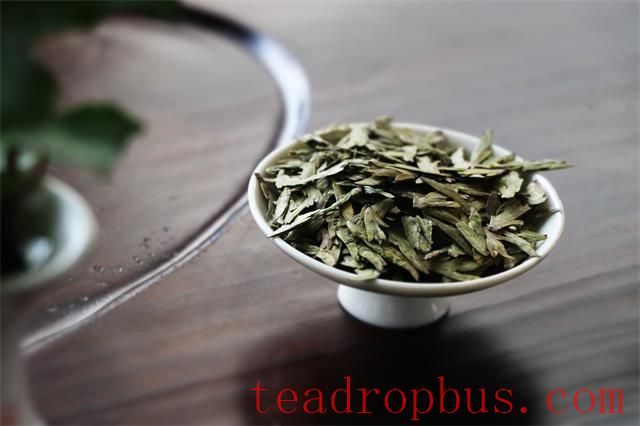
Mentioning West Lake Longjing Tea, tea enthusiasts can describe it in eight words — “green in color, rich in aroma, mellow in taste, and beautiful in shape.”
Generally, people's understanding and experience of its color, taste, and appearance are relatively concrete and rarely questioned or controversial.
However, the aroma of West Lake Longjing Tea is much more complex.
This has led to discussions about the aromas of West Lake Longjing Tea:
What kind of aroma is considered authentic? Which aroma is the most popular?
What does the commonly mentioned “orchid bean aroma” refer to?
Why do standards favor tender and fresh aromas?
How can one capture the subtle orchid aroma in high-grade Longjing Tea?
Is a tea with a roasted bean or fire aroma necessarily unpalatable?
…
After consulting sources and combining our daily tasting experiences, here is some information about the “aroma” of West Lake Longjing Tea:
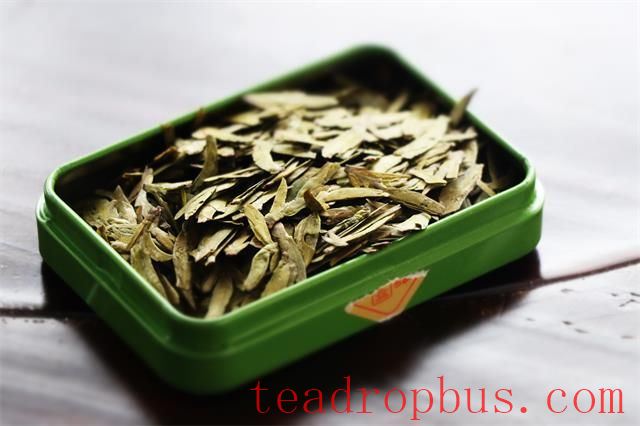
About Identifying and Appreciating “Tea Aroma”
In Luo Jun's book “The Code of Chinese Tea,” there is the following description:
“Perception of tea aroma can be divided into two parts: the gaseous part and the aqueous part; the former is called smelling, and the latter is called tasting. The gaseous part includes the aroma emitted from dry tea leaves and the aroma from freshly brewed tea, which is mainly perceived through smelling. The aqueous part includes the water vapor that disperses in the nasal cavity when swallowing tea and the lingering aftertaste left in the mouth, which is primarily perceived through tasting.”
In previous articles, Tea Encyclopedia has shared that identifying and appreciating the aroma of tea generally involves paying attention to the “dry leaf aroma, the aroma during hydration, the aroma in the pitcher after pouring out the infusion, the aroma in the liquor while drinking, and the aroma in the Cup after drinking.”
At the same time, deeply exploring memories of past “aromas” from flowers, plants, and foods can serve as references for more accurate descriptions of tea aromas.
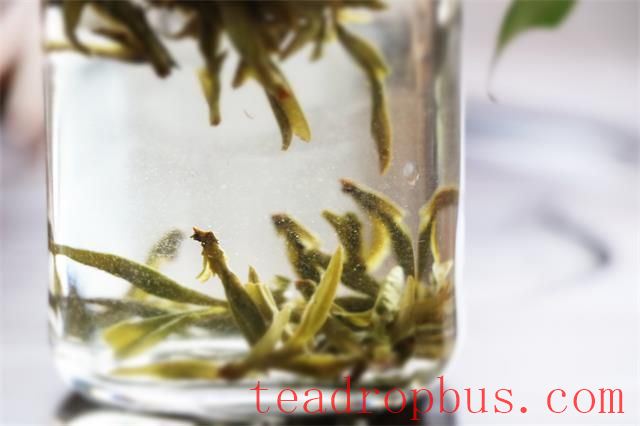
About the “Orchid Bean Aroma” (Also Known as “Bean Flower Aroma”) of West Lake Longjing
In Jing Qinghe's book “Endless Tea Road,” he believes that “many people simply consider the aroma of Longjing Tea to be the smell of roasted soybeans, which may be a misinterpretation of the Ming Dynasty's ‘Qiantang County Annals.'” Because the “Qiantang County Annals” records: “Tea from Dragon Well has a bean flower aroma, clear and sweet, distinct from other mountains.” (In this text, “Dragon Well” refers to Old Dragon Well on Lion Peak). Therefore, “bean flower aroma is the true varietal aroma of Longjing Tea.”
About the “Fire and Roasted Bean Aroma” of West Lake Longjing
West Lake Longjing pre-Qingming tea, especially pre-Guyu tea, sometimes has an obvious aroma reminiscent of freshly roasted nuts or a dry fire aroma upon closer inspection.
With 3 grams of dry tea, whether brewed using a lidded bowl or a glass teacup, the flavor is very rich, with multiple layers and a sweet aftertaste.
Some say that a fire aroma similar to roasted soybeans is an undesirable aroma, indicating poor temperature control during processing, and believe such tea is unpalatable.
However, based on the experience of Tea Encyclopedia, this is not always the case.
Tea with a roasted bean or fire aroma can be pleasant if the timing and heat are well-controlled, coupled with good raw materials; it cannot be generalized.
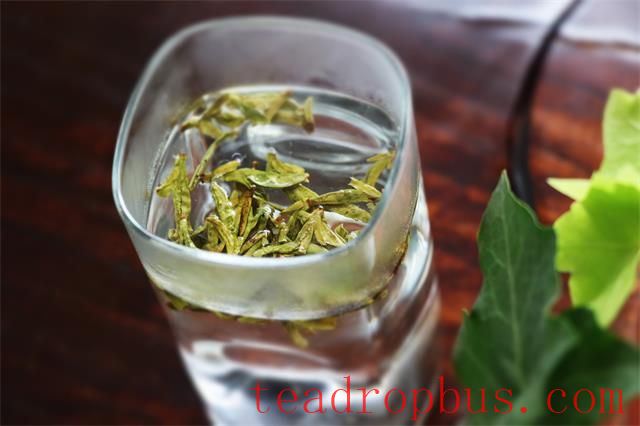
Smelling “Orchid Aroma” in the Pitcher
About the “orchid bean aroma” of West Lake Longjing, tea lovers generally have a common understanding.
However, West Lake Longjing Teas with a delicate and elegant orchid-like aroma are also favored by many tea enthusiasts.
For example, the pre-Qingming West Lake Longjing Tea produced by Tea Encyclopedia over the past few years often excels with its orchid aroma.
The most noticeable orchid fragrance is found in the pitcher (when using the lidded bowl brewing method).
Moreover, it is most apparent when the pitcher is slightly cooled.
Tea lovers should give it a try.
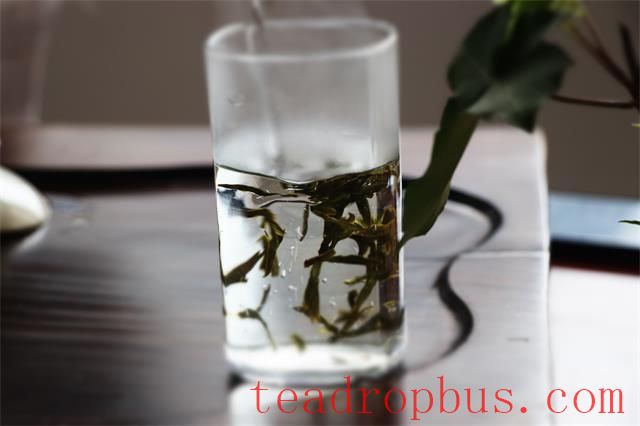
“Tender” and “Fresh” Aromas in Standards
In the standards for West Lake Longjing Tea, “tender” and “fresh” aromas that are long-lasting and fresh are considered desirable.
“Tender aroma,” as the name suggests, is a very fresh and tender aroma in the tea. Fresh leaves at the stage of one bud and one or two young leaves, processed promptly while still fresh and soft, will exhibit a tender aroma. This is the main aroma in most green teas, particularly those picked early and with younger buds.
“Fresh aroma” differs from the tender aroma and is usually found in green teas made from fresh leaves at the stage of one bud and two or three young leaves, processed under normal conditions. It is a typical aroma of Green Tea.
Therefore, tender and fresh aromas are indeed present in authentic West Lake Longjing Tea, but since they are common in most high-quality green teas, they are not unique highlights. However, they are characteristic of early, fresh, tender, and spring teas.
A touch of West Lake Longjing Tea's aroma is not only an important factor in evaluating the quality of tea but also the ultimate taste sought after by many tea lovers.
Understanding “aroma” helps one better understand tea.